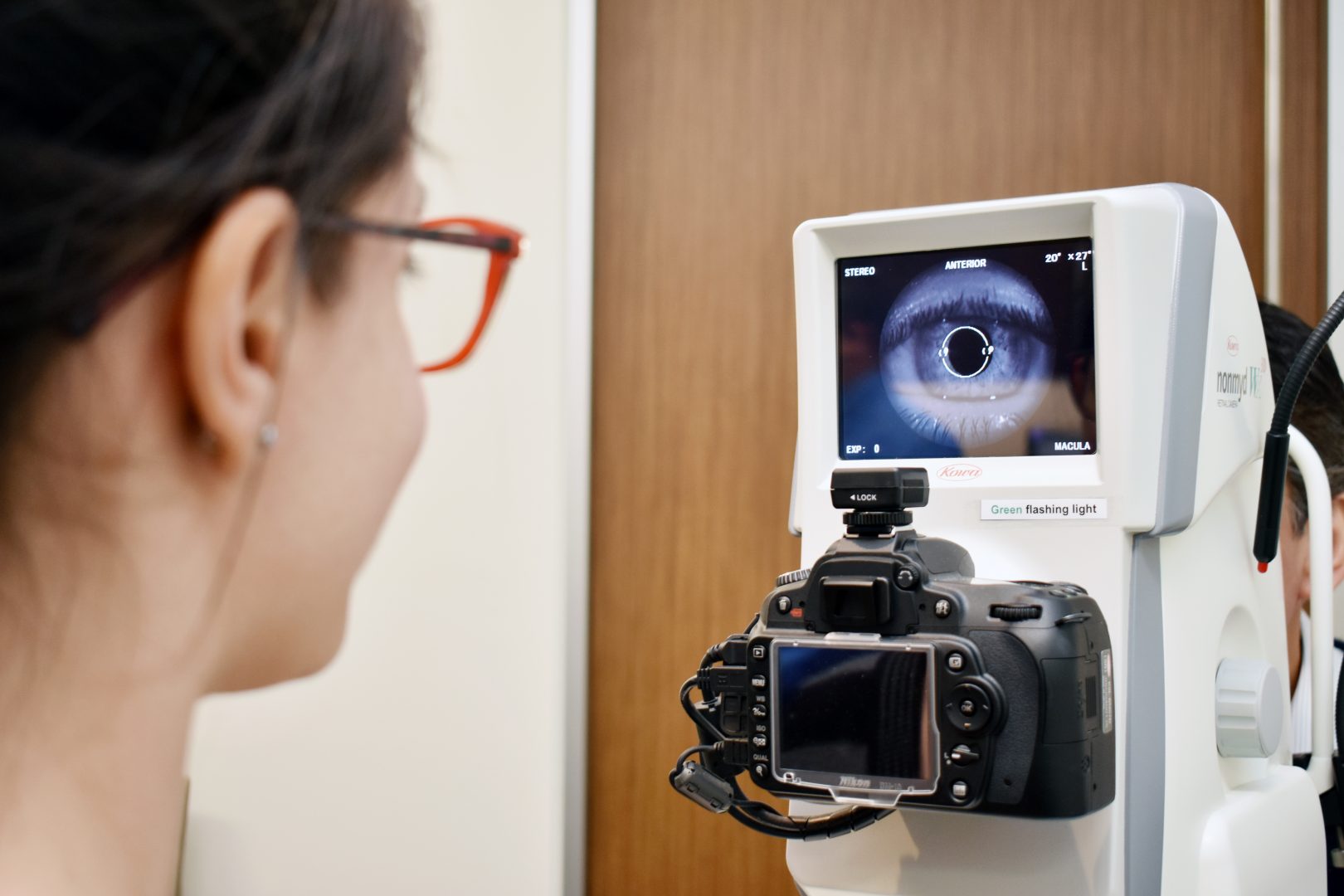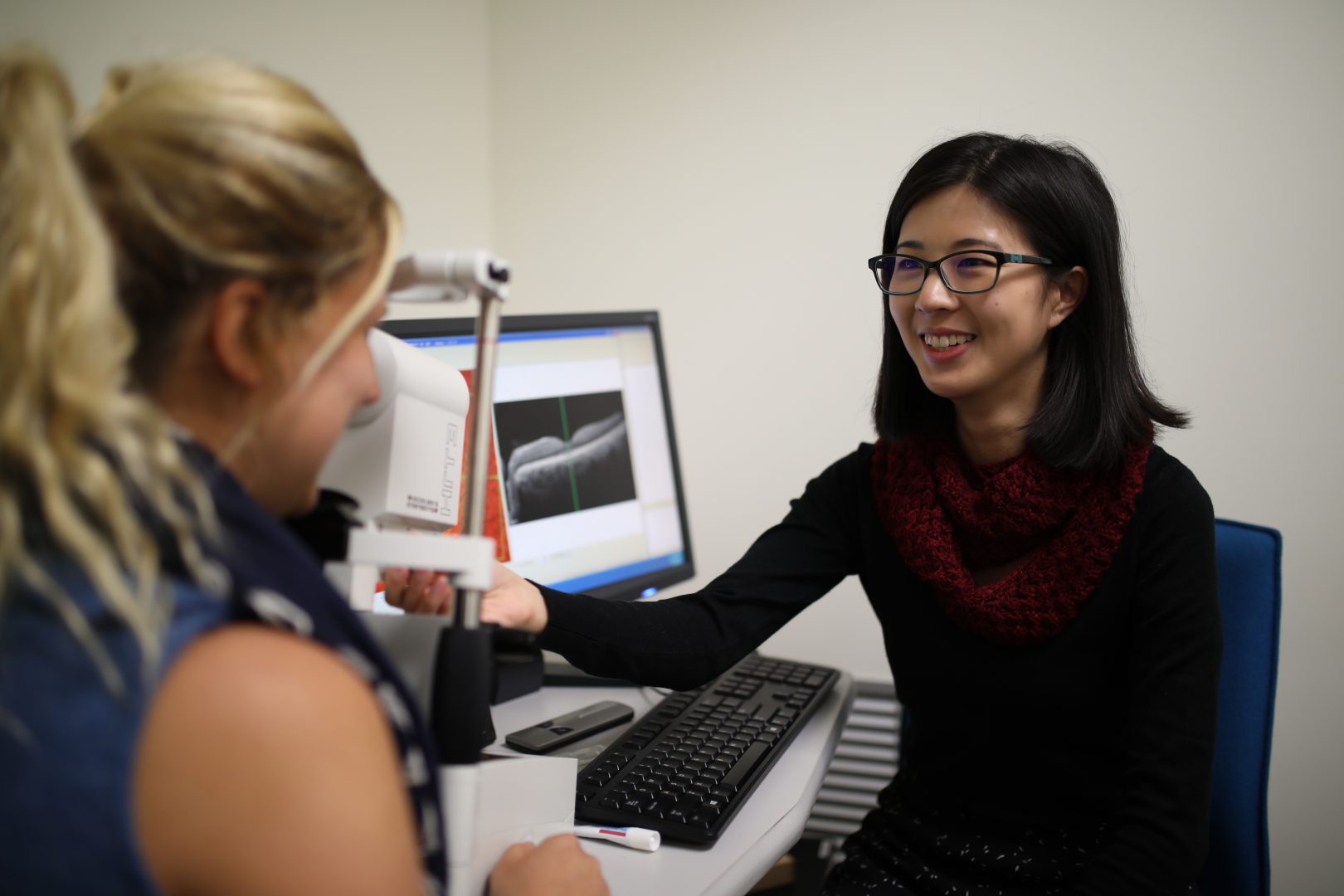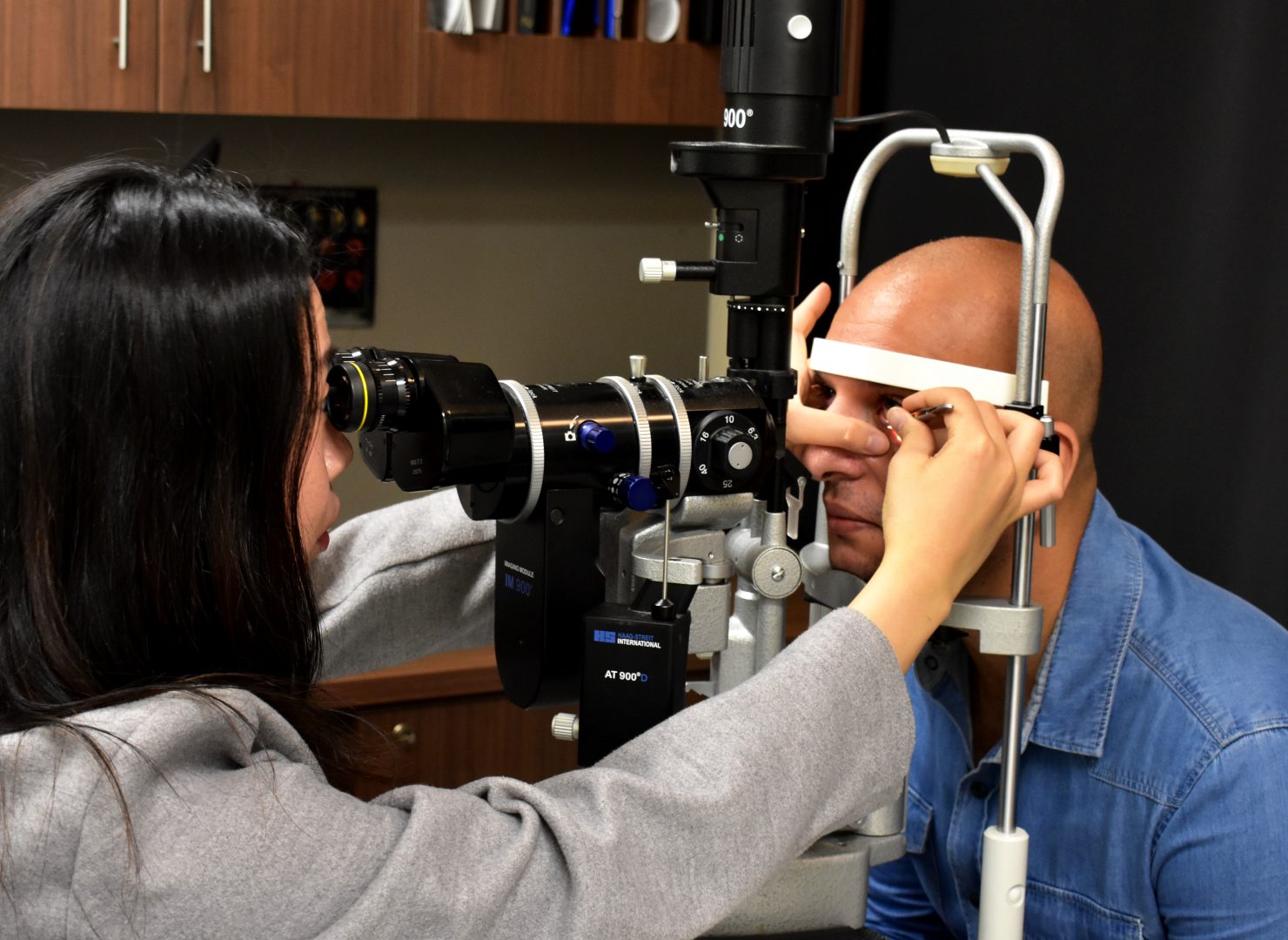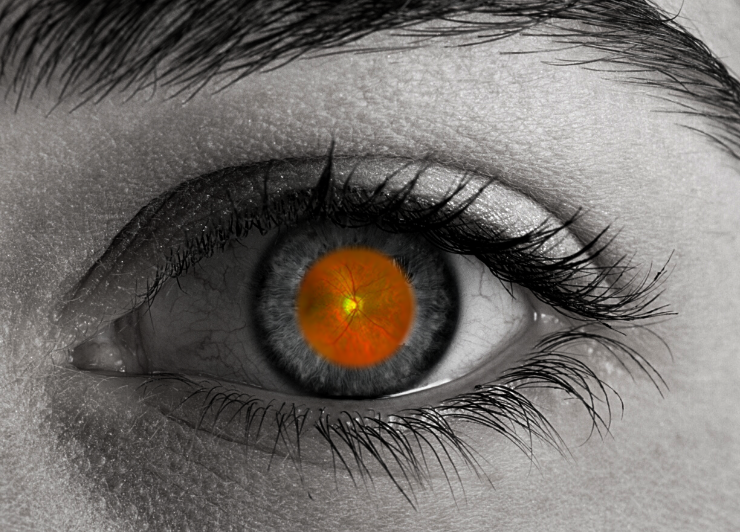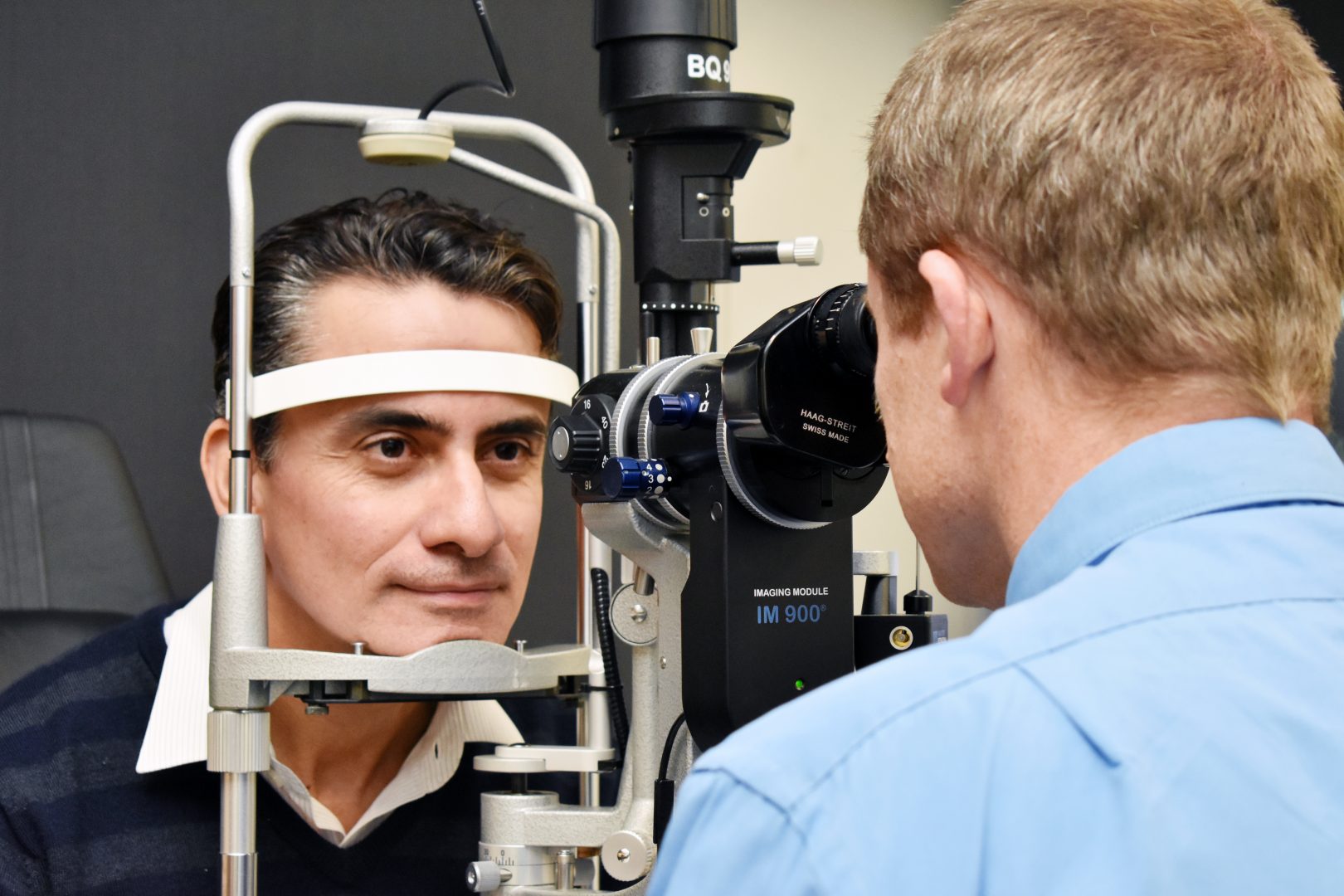
- Refer a Patient
- Referral Types
- Patient Information
- Overview of CFEH Clinics
- CFEH Instrument List
- Our clinical team
- Causes of Vision Loss
- Patient Forms






What is legal blindness?
Low vision, blind, and legally blind are all terms used to describe various levels of vision impairment, and they represent distinct levels of vision loss. There is often confusion around the term “legally blind” and blindness. Below is some information to help you and your loved ones understand the terminology and categories.
Low vision
Low vision refers to a vision impairment that cannot be corrected with glasses, contact lenses, medication, or surgery. People with low vision often have some usable vision, which they can utilise with the assistance of vision aids or adjustments to how they would normally do things.
Blind
Blindness refers to a complete loss of vision. A person who is blind may have little to no perception of light and cannot see images or objects.
Legally blind
Legal blindness is a term used to define a level of vision impairment that qualifies an individual for certain government benefits, assistance programs, or accommodations under the law. The specific criteria for legal blindness in Australia is a visual acuity measurement of 6/60 or worse in the better eye with any prescribed glasses or contact lenses, or a visual field (peripheral vision) restricted to 10 degrees diameter or less. 6/60 vision means a person can only see at 6 meters what a person with no vision impairment sees at distance of 60 meters.
For more information
- Find out more about low vision
- Always speak to your GP and eyecare professional about the best treatment options for you



